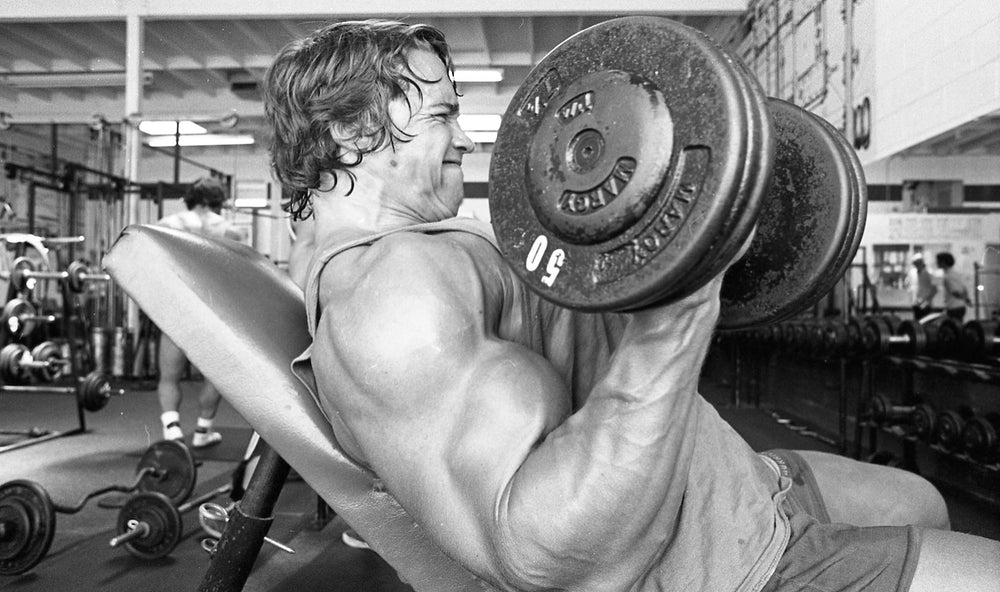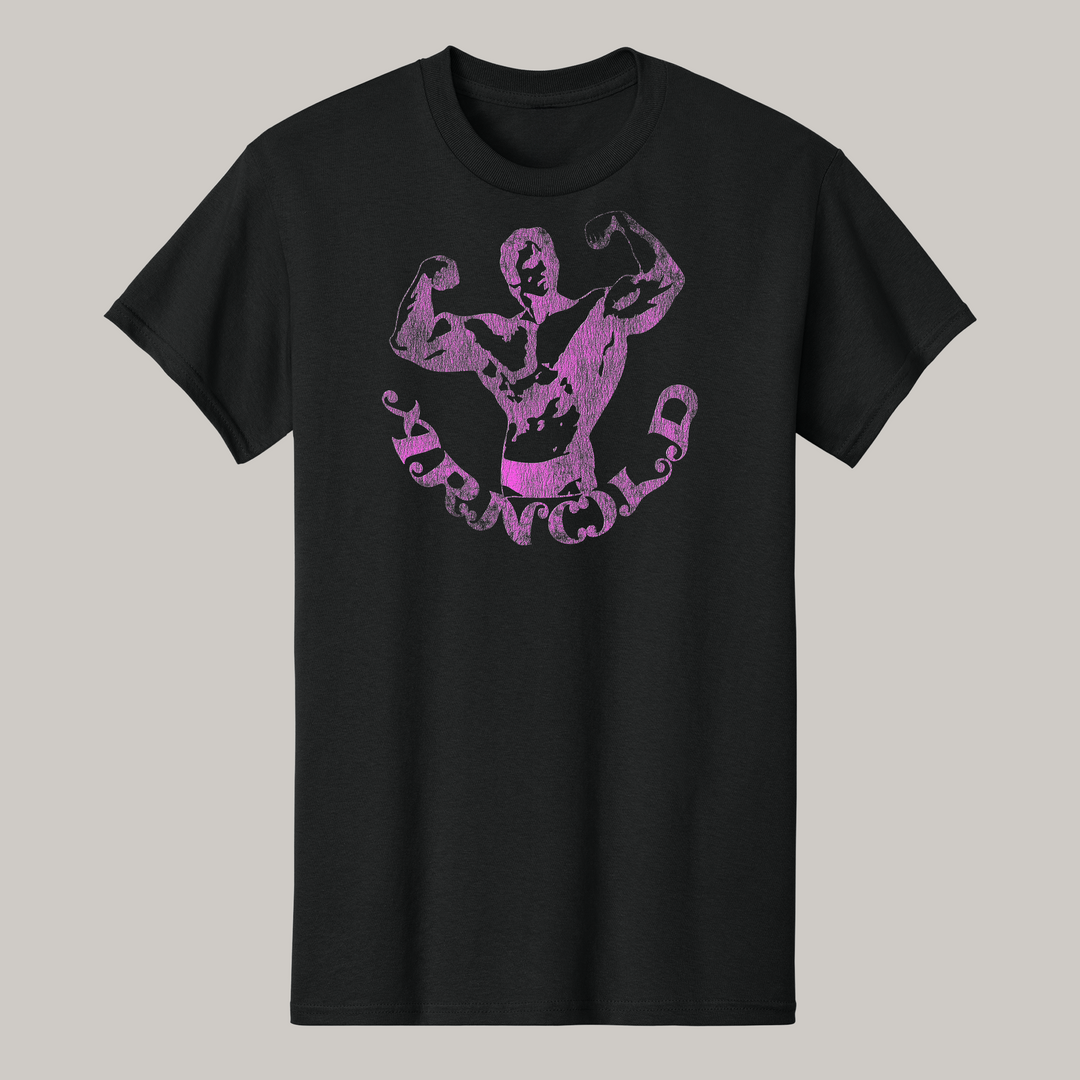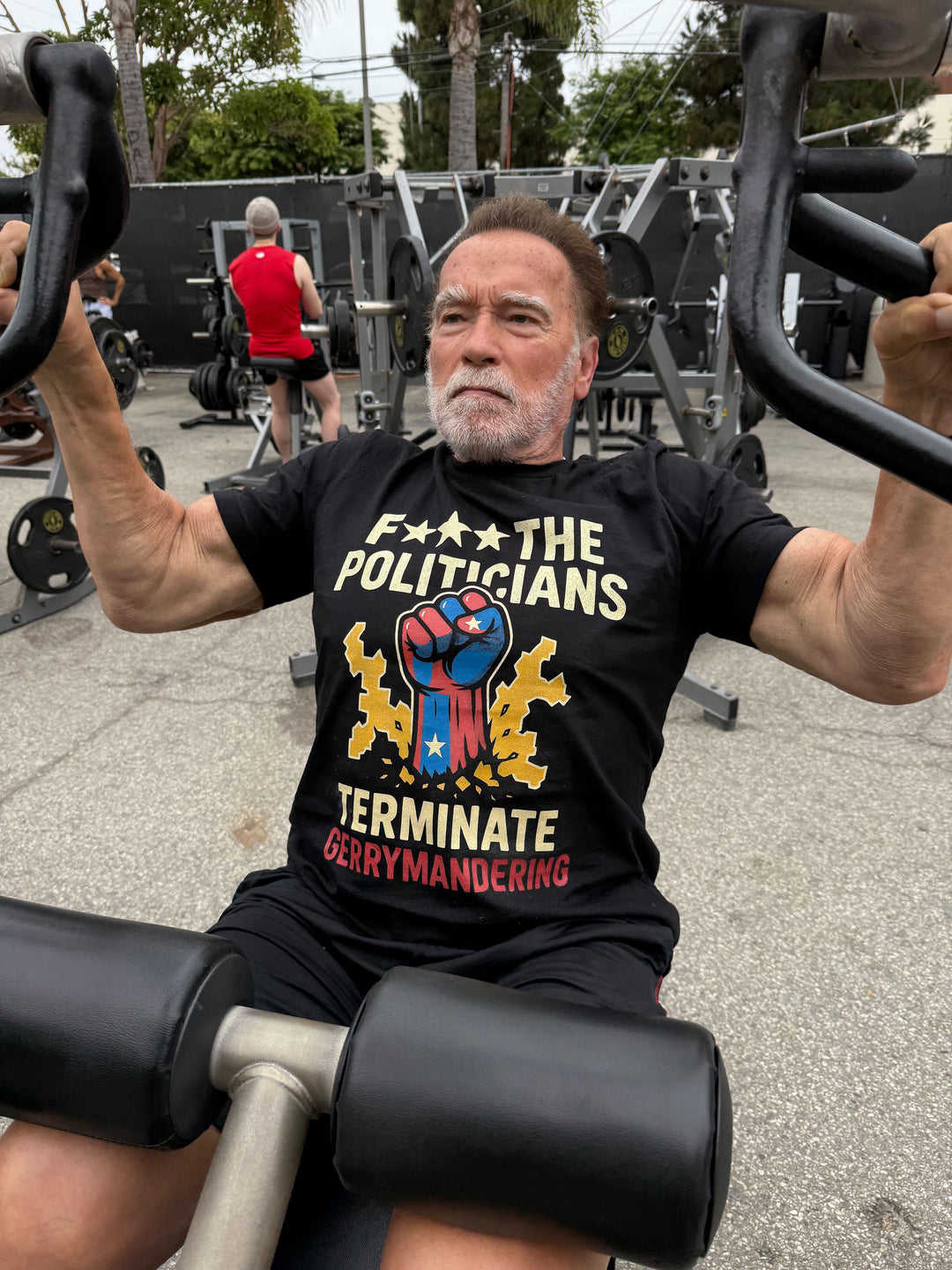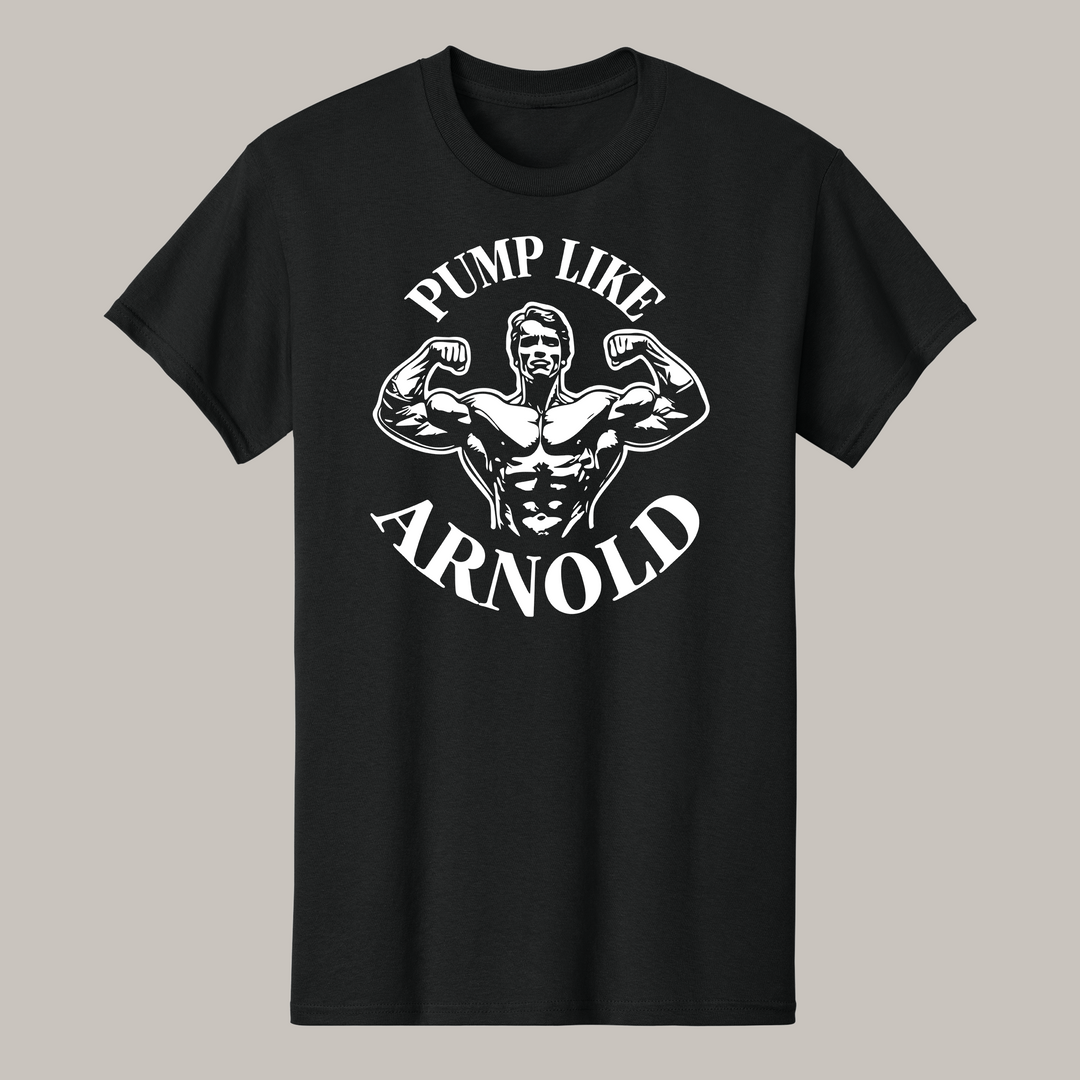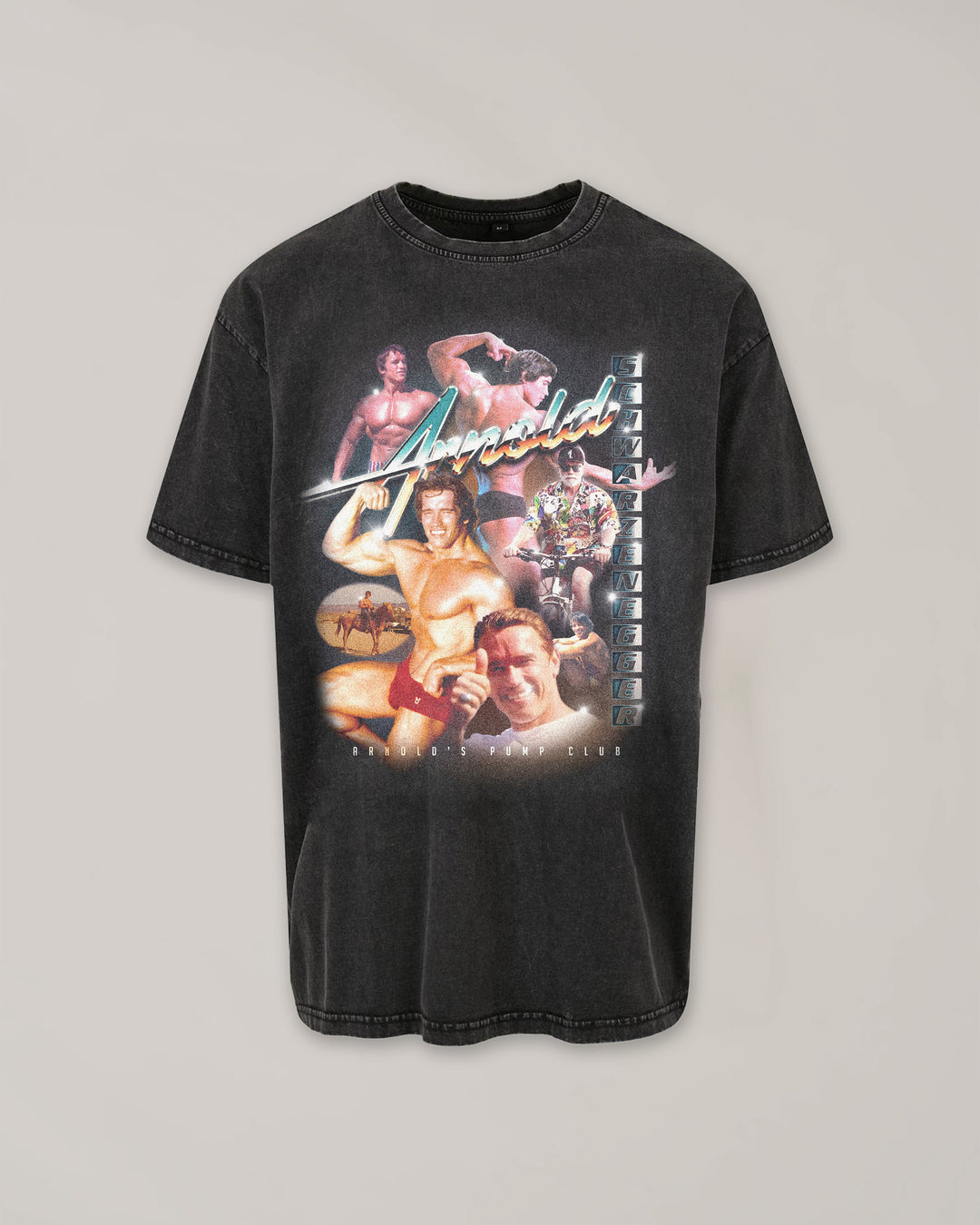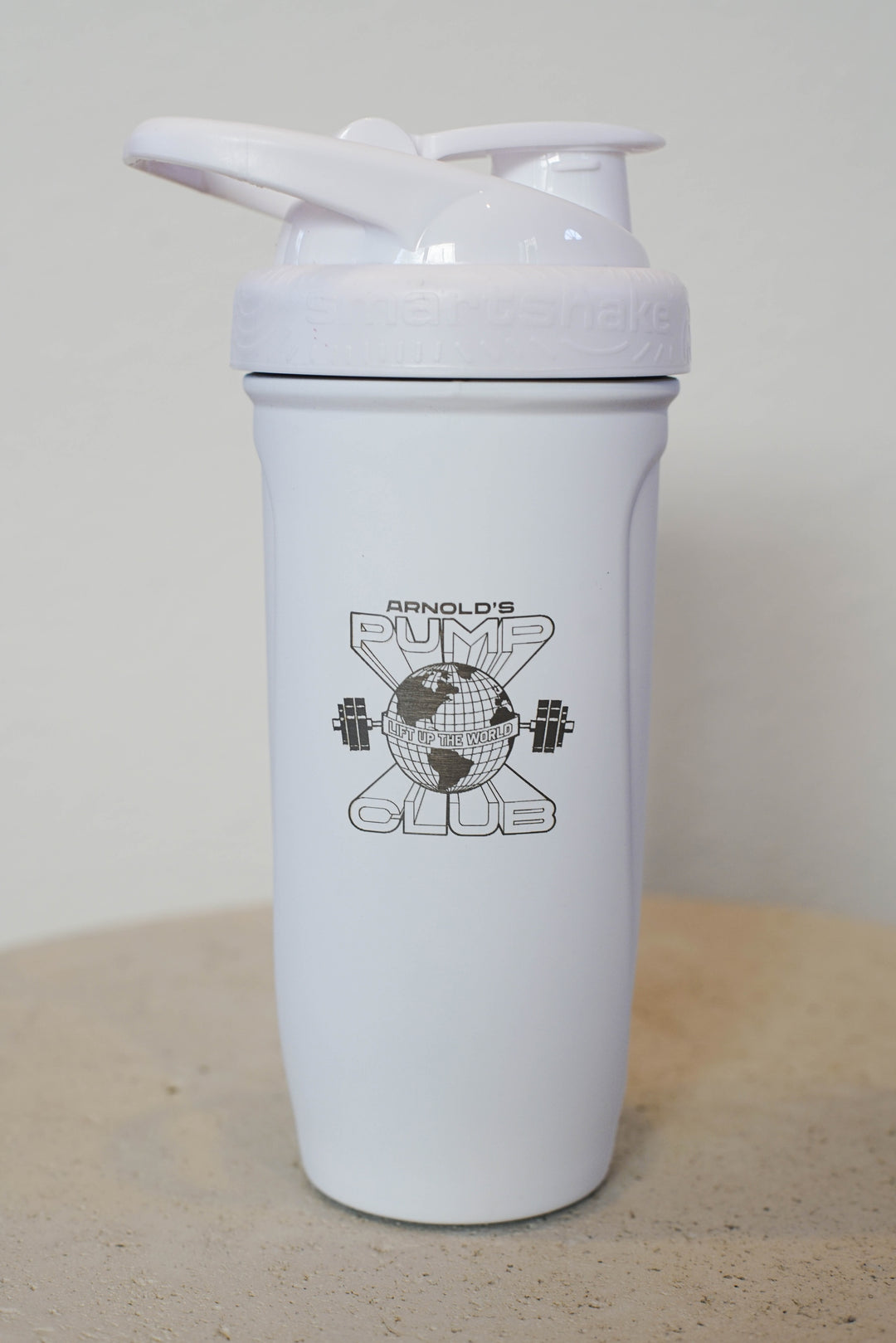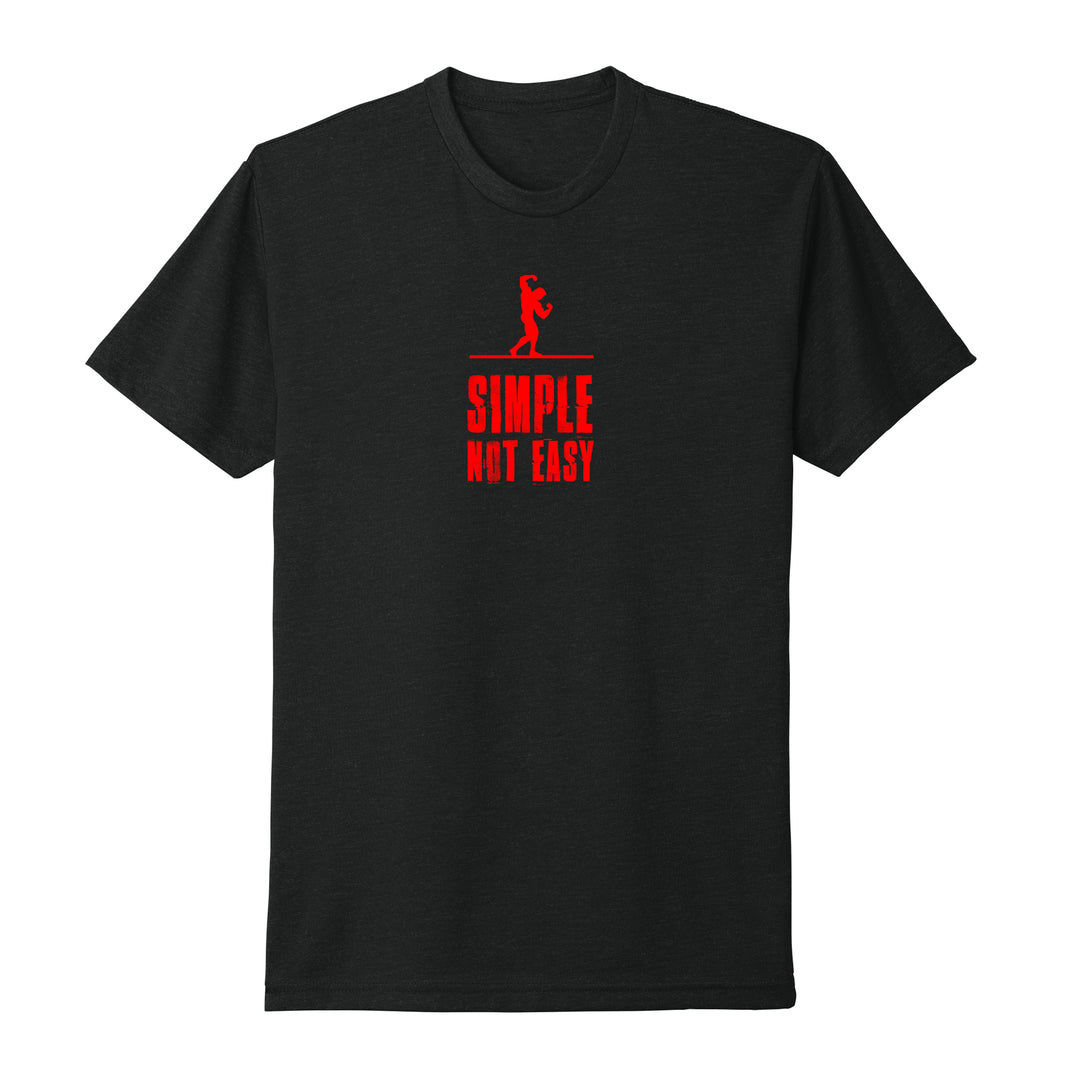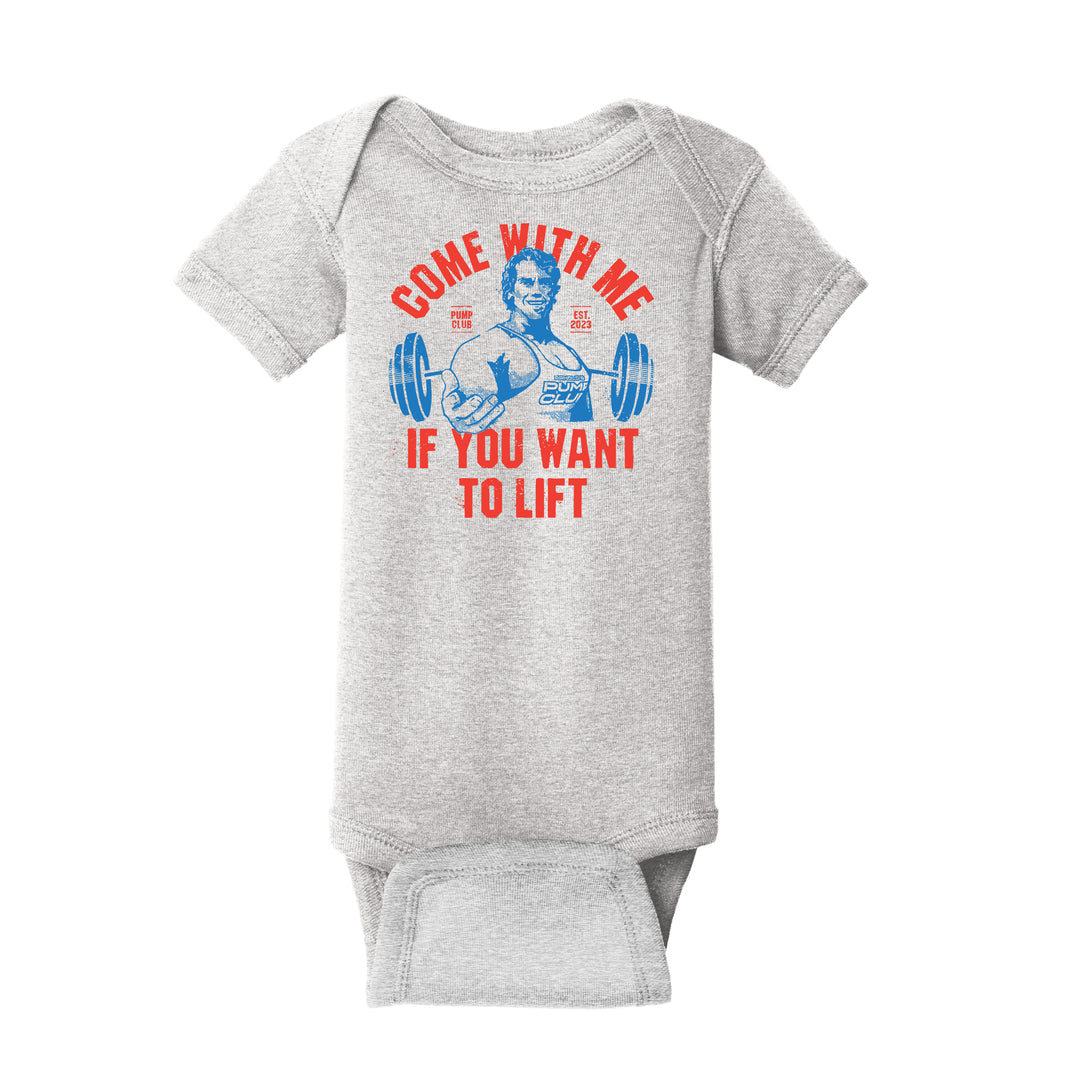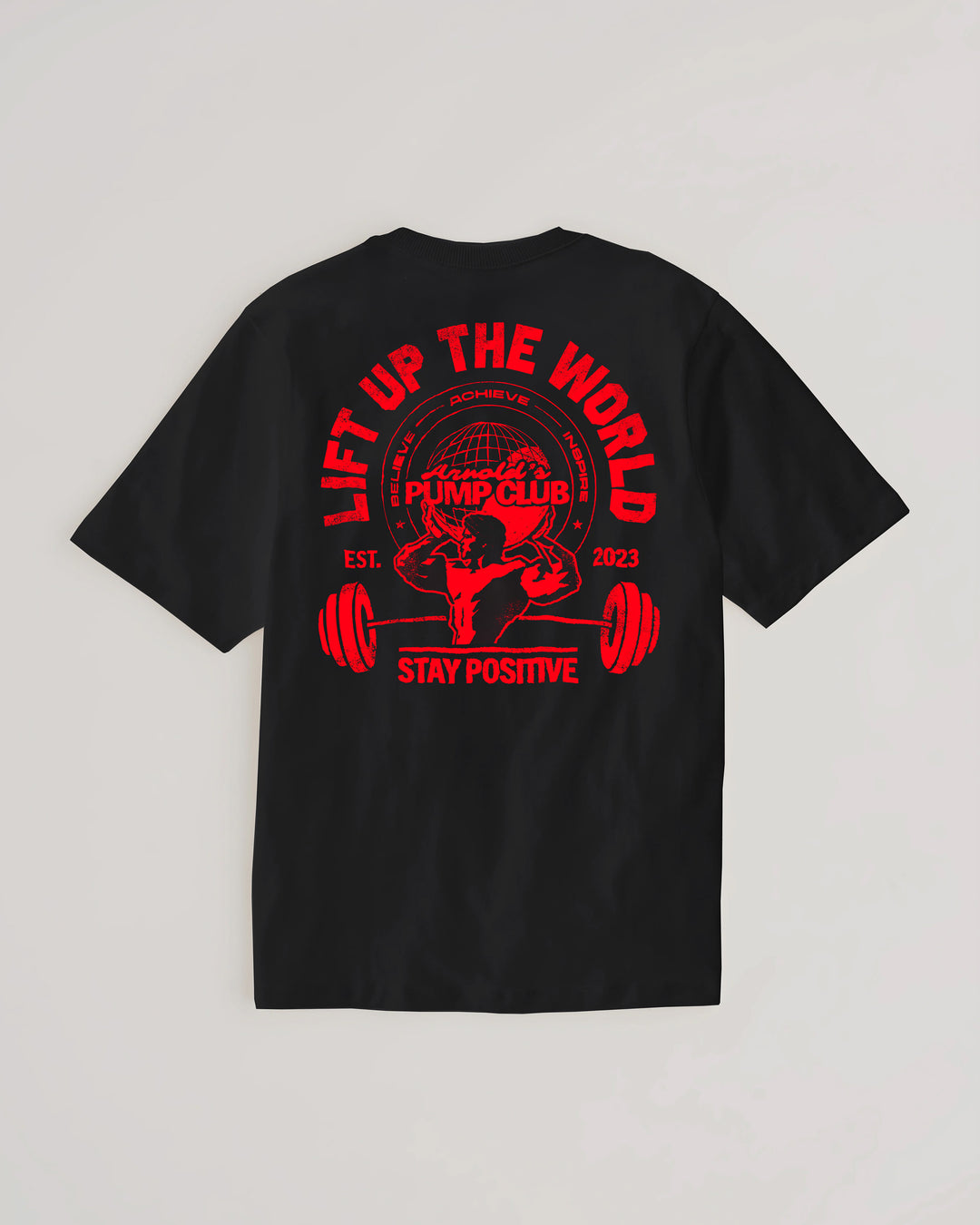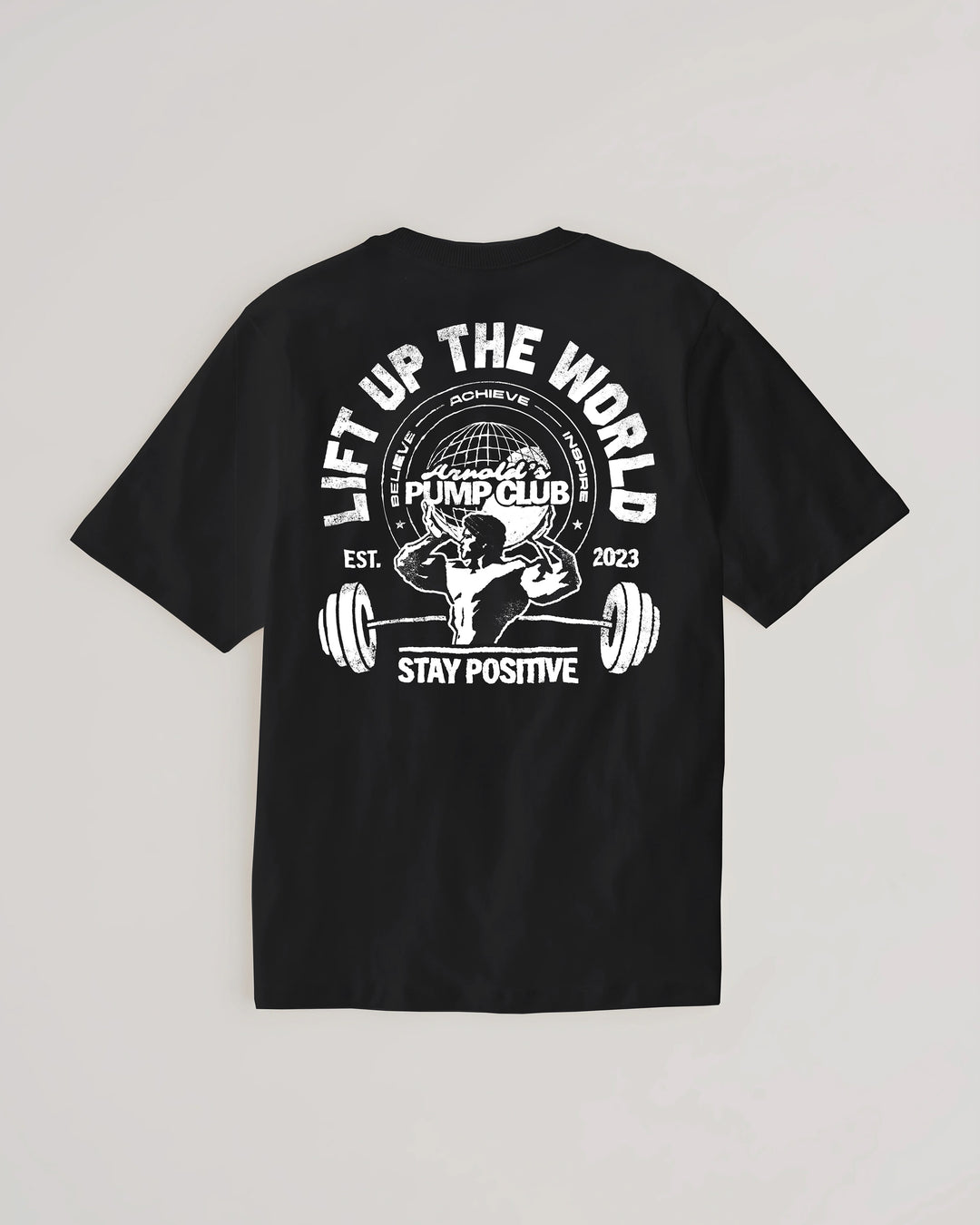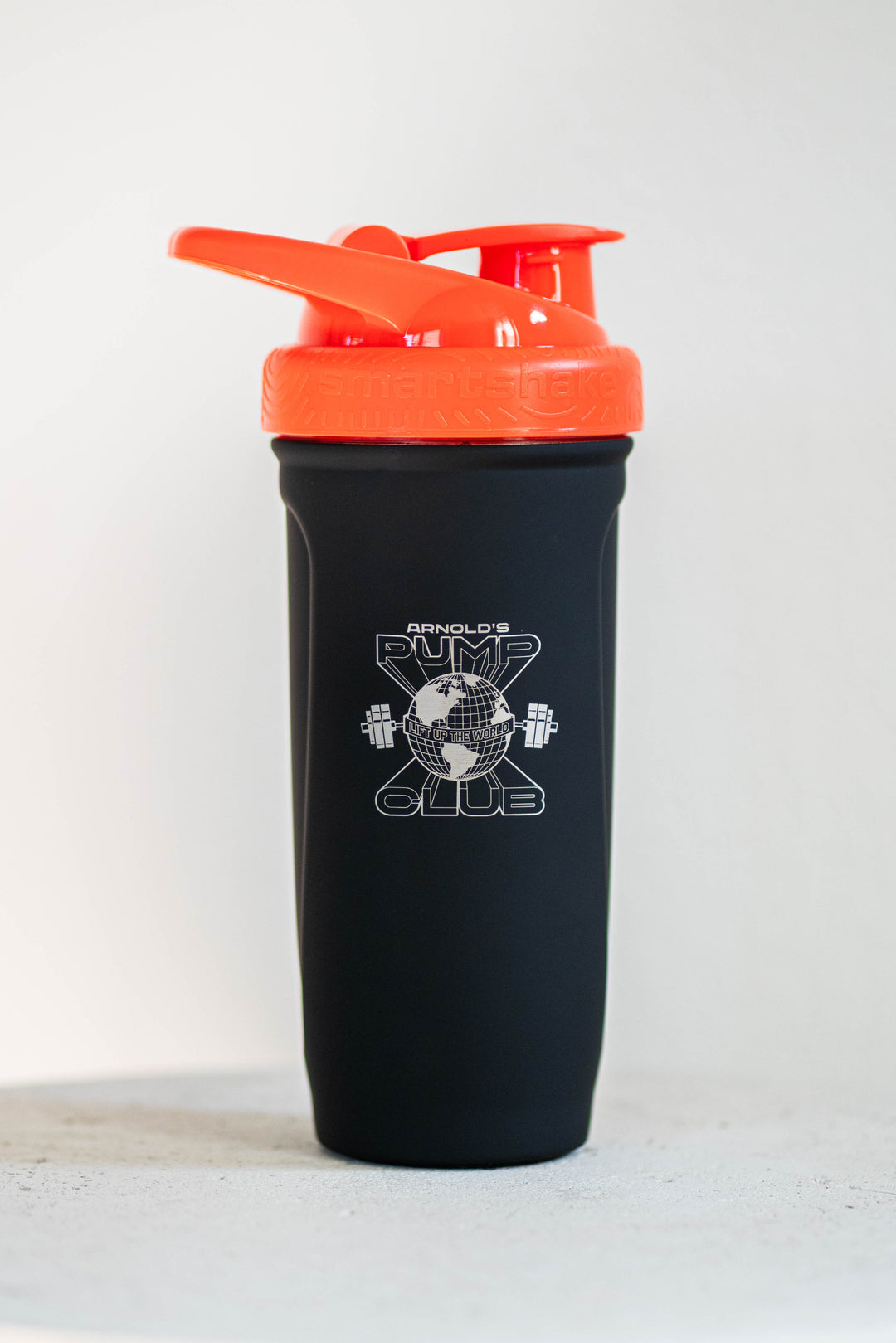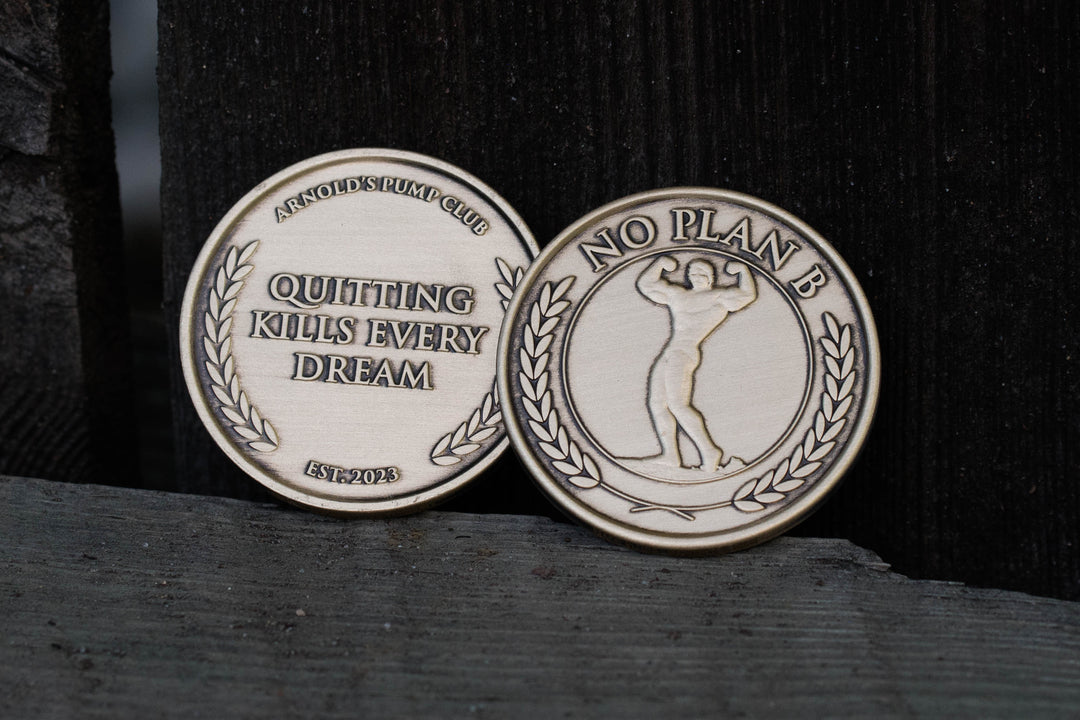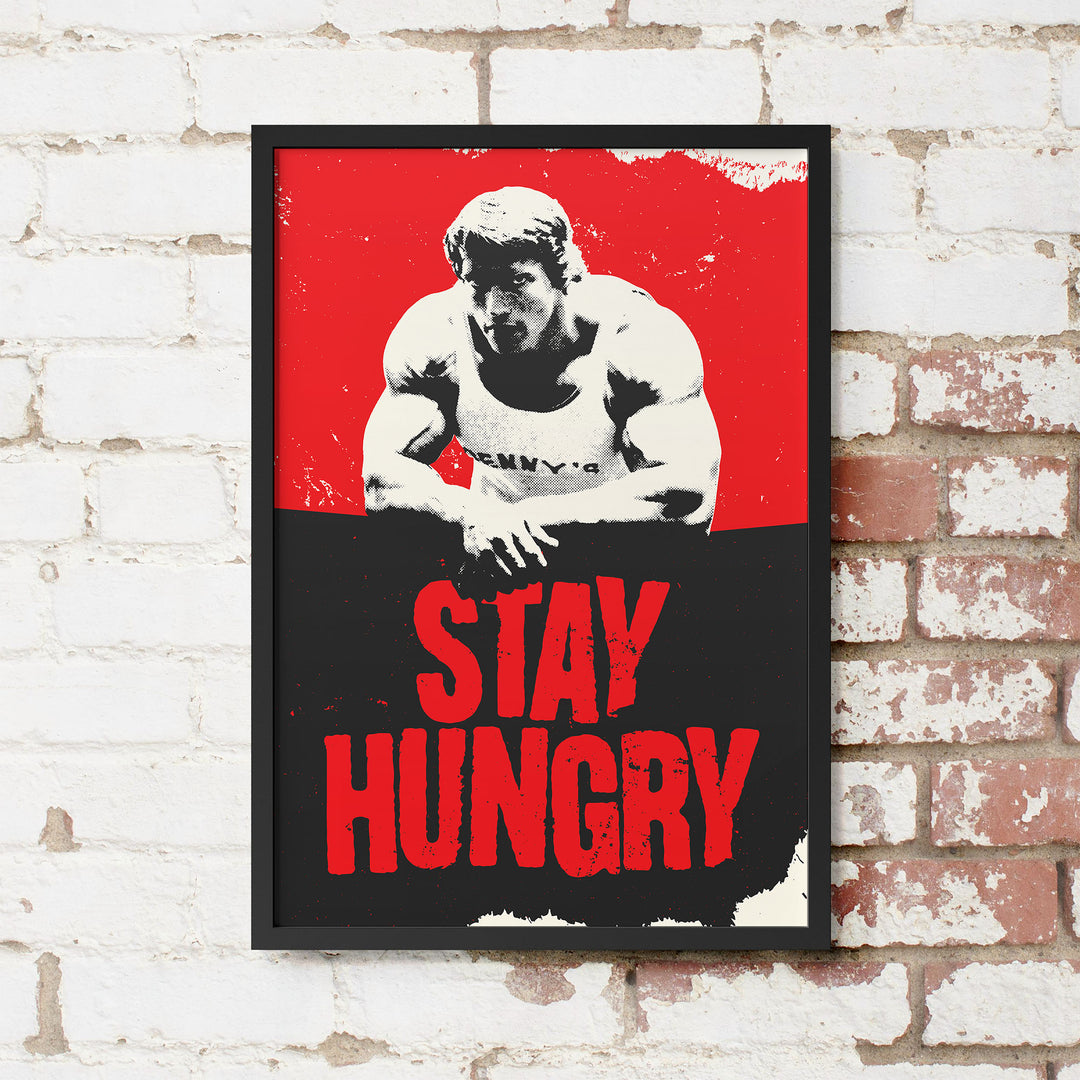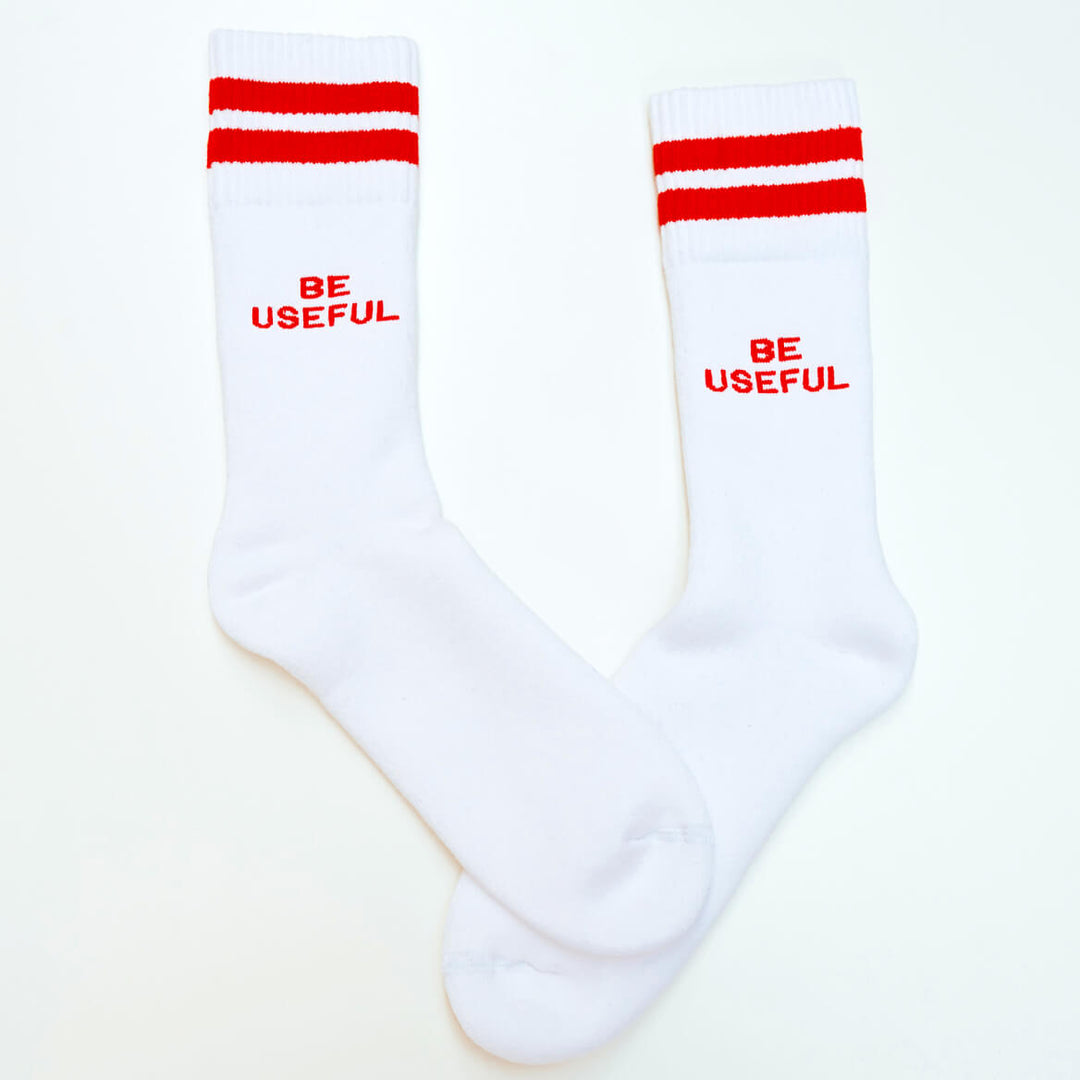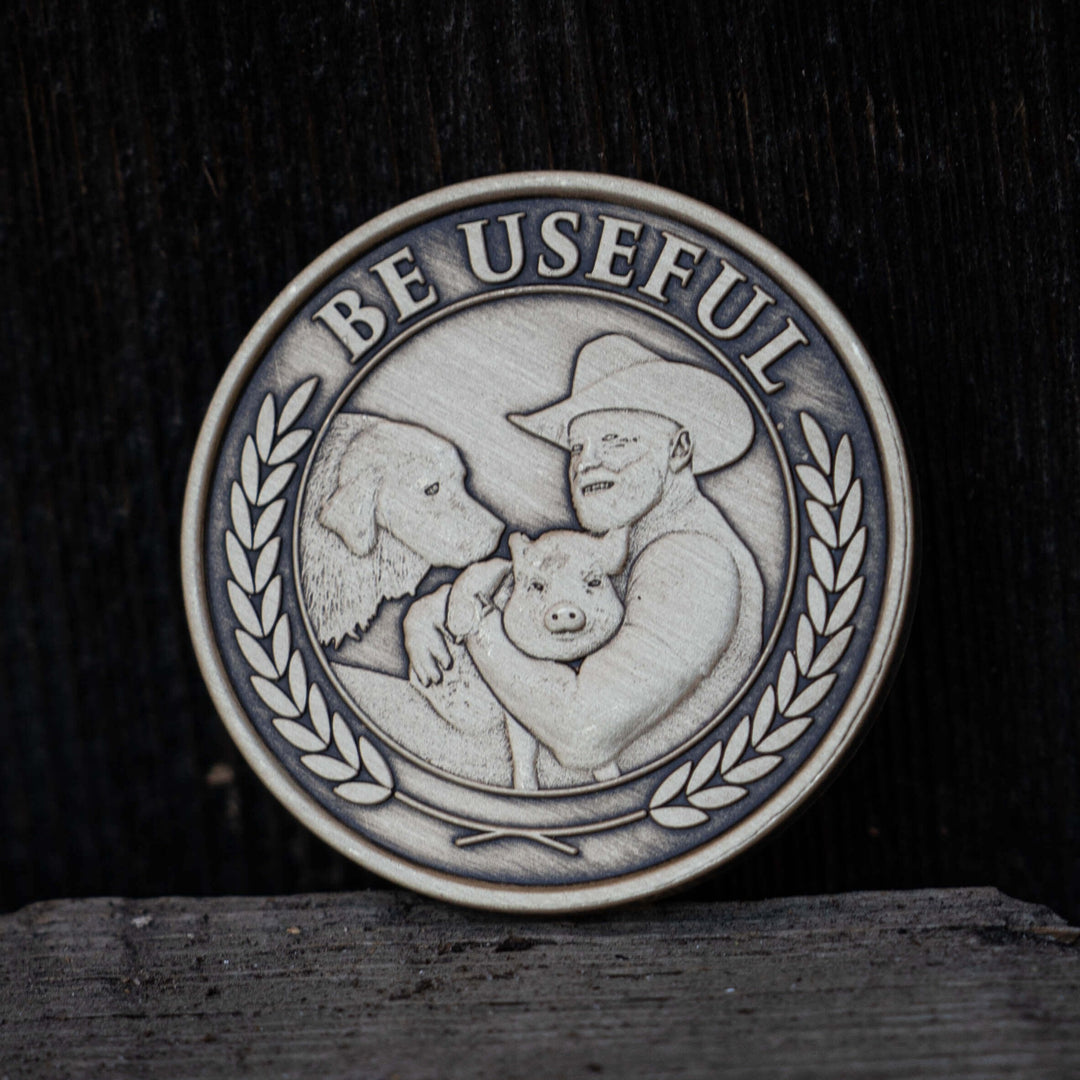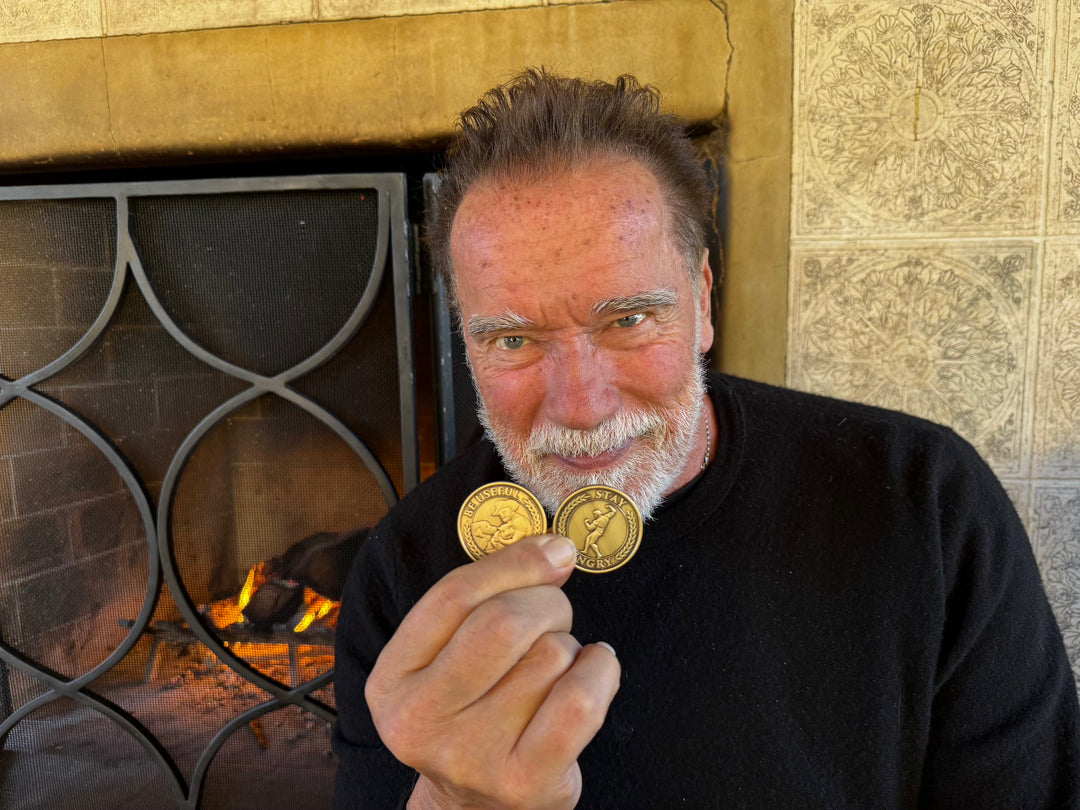Welcome to the positive corner of the internet. Here’s a daily digest designed to make you healthier in less than 5 minutes. If you were forwarded this message, you can get the free daily email here.
Today’s Health Upgrade
The 25% rule
Let's talk about sex
What really happens when you cut carbs
Want more stories from Arnold? Be sure to subscribe to Arnold's Pump Club podcast. It's similar to the email, but with a few slight changes and more perspective from Arnold. You can subscribe on Apple, Spotify, Google, or wherever you listen to podcasts.
How often should you PR?
I want to start with a question from the village that made me think back to my early training days. I was asked about how often you should hit PR's when you train. For those of you not familiar, a PR stands for personal record, whether it’s the most push-ups you’ve ever done, or the most weight you’ve ever lifted. Those of us who love training chase PRs.
But becoming better does not always require you to be at your best. This misunderstanding consistently prevents many from seeing results. The moment you have a tough day or don’t feel motivated, it feels like a trap door. But, you might be surprised to know that success doesn’t usually look like a motivational poster.
We talk all the time about the importance of a vision. I love this because it gives you an end-point. But that doesn’t mean there won’t be hard days and challenges along the way. There’s no need to beat yourself up when you don’t feel like training. What matters most is showing up — even if you can’t show out. Because if you keep putting in the work, and appreciating the investment you make in your health, it creates the type of consistency and habit that will make your vision a reality.
I want to share some perspective from Adam, who has been helping people overcome the hurdles they can't see to become healthier for 20 years. When you see this formula, you'll probably feel better about how often you PR.
Adam likes to say approximately 25 percent of your workouts are going to be a struggle. They will be those days when you have no desire to train. Then, there's another 50 percent of days that feel ok, but it's nothing special. On these days, you feel good enough, and you can see the small signs of progress. Maybe you do extra rep or two, throw in an extra set, or add another five pounds to the bar. These days are the foundation of progress.
Finally, about 25 percent of the time, you'll feel amazing. Your energy will feel limitless, the weights will feel lighter, and you'll wish every day could feel so incredible. In these moments, push harder and expand your ceiling of what you can accomplish.
I love this equation because it reminds you that you don't have to feel your best to do what's best for your body. In fact, you might only feel incredible 25 percent of that time, and that still enough to deliver incredible results.
If math isn’t your thing, here’s a simple way to think about this. Even back in the Pumping Iron days, there would be some mornings, maybe once a week, where Franco and I woke up and didn’t feel our best. But, and this is the key, not training was never an option.
On those days, we still went to the gym. We showed up, and maybe we toned it down to start. Instead of doing chin-ups with my 230 pound body, I might do some easier lat pull downs with 150 pounds, going through the motions. Even though we didn’t think it was a great day, we made sure we showed up and trained for an hour and a half before going to lunch. And some days, after “going through the motions," Dave Draper would come over and ask if we wanted to do some incline bench press. I’d get into it and end up having a fantastic chest and back workout even though I started out just planning to go through the motions.
The key thing is showing up on the crappy days. Like I always say to you, an object in motion wants to stay in motion. So don’t get down on yourself if it’s just a bad day and you just go through the motions of training. I just want any motion at all. Maybe you’ll mark off the workout and go to lunch, maybe when you wake up the muscles you’ll have a better training day than you expected. The only way to know is to show up.
PR days are possible because of the days when you feel like crap and still push yourself to become better, and the days when you’re taking the small steps to build a healthier foundation.
You don’t need to PR every day. You just need to commit to your vision and show up for your health to improve in many life-changing ways.
By learning that effort matters more than chasing daily PR’s, you’ll build a more positive, resilient mindset that doesn’t feel guilty when you’re not feeling your best. This is how you stress less, train harder, set more PRs, and become unstoppable.
Is Sex a Workout?
A reader asked if sex counts as exercise. We had a good laugh about this in our writer's room. And, we also realized some fitness publications might avoid discussing this topic because it’s a little risqué. We prefer to take on everything, and share all the elements that lead to a healthier lifestyle.
We usually focus on positivity, mindset, social connection, nutrition, fitness, and sleep. But, sex is another lifestyle factor that has a big role in your health. Sex supports immune function, lowers levels of stress and blood pressure, and is linked with reducing the risk of heart disease.
Many years ago, one study even suggested that people who have lots of orgasms can reduce mortality by up to 50 percent. We’re not sure how you can qualify that, but a recent study did want to clear up one thing: does sex burn a lot of calories?
Turns out, sex is kind of like a walk in the park. Based on 13 studies on the topic, sex burns an average of 100 calories, with it typically ranging from 70 to 150 calories per person. Of course, many variables — influence, such as health status, position, duration, and anything else your mind can dream up.
Before you assume you burn more calories than what they found in the lab, know this: the average duration of the sex in the studies ranged from 18 to 32 minutes.
The Sadness Diet?
Lots of people think that low-carb is the way to go if you want to lose fat. Before you buy that assumption, know this: research suggests that low-carb diets are not superior to low-fat diets for fat loss. After 12 months, those on a low-carb plan lost about .1 pounds more per month. (Yep, there’s a decimal before the one).
What matters more is finding a plan you can stick with. And, as we shared earlier this week, bumping up your protein can be a cheat code when your weight loss stalls.
But there is another reason you might want to consider not cutting out all the carbs. According to research in the Archives of Internal Medicine, a diet too low in carbs — and, specifically, starches — can reduce the feel-good brain chemical serotonin.
That’s because carbohydrates work with insulin to release serotonin. This makes you feel good and helps control your mood, and it can also control your appetite and help prevent you from overeating.
As an added bonus, many starches are also loaded with vitamins, phytochemicals, and fiber. If you’re looking for some good starch options, opt for potatoes, couscous, quinoa, rice, or whole wheat pasta.
Remember, you should be choosing the diet that feels most sustainable. So if you don’t love carbs or you feel better without them, then a low-carb plan might be the right approach for you. But if not, there's no need to remove carbs. And, by adding them back, you might feel better and see improved results.


